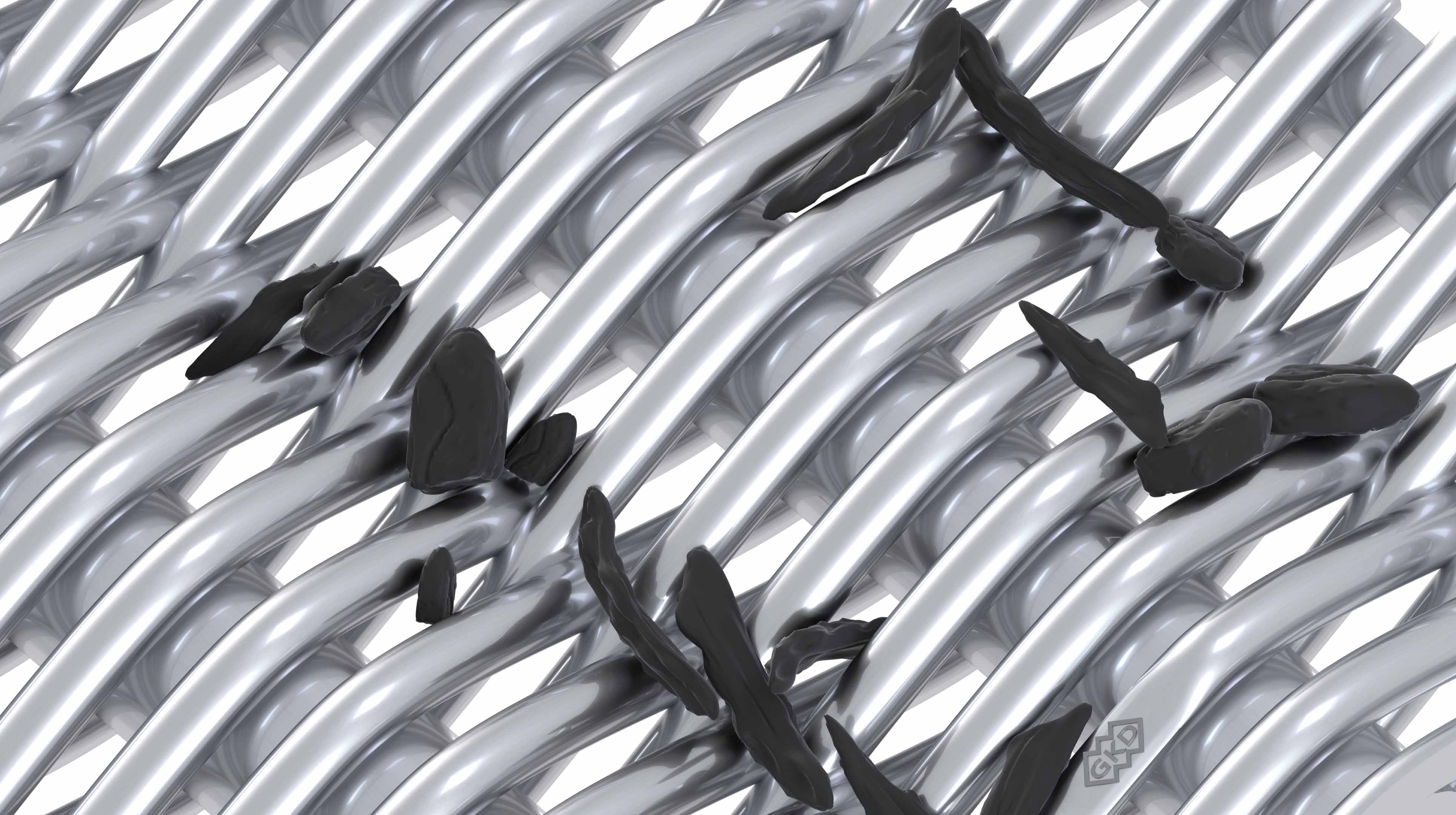Microplastics are a global environmental problem. Around a third of the particles are caused by tire wear that is washed into the sewers by rainwater, where they then enter the sea. Therefore, scientists are urgently trying to overcome this problem.
The problem of microplastics is even more urgent due to the fact that when the tiny particles reach the sea, they are consumed by fishes, mussels or birds with their food. GKD – Gebr. Kufferath AG is contributing toward these efforts: the Parliamentary State Secretary for the German Federal Ministry of Education and Research (BMBF), Thomas Rachel, has now presented the technical weavers in Düren with funding of approximately €185,000 for the research project Tire debris in the environment.
The figures are alarming: almost 46 million cars are registered in Germany. Each one of them creates almost two pounds of wear debris per tire for every 31,000 miles driven. This equates to over 110,000 tons of tire wear debris per year, consisting of rubber, soot, mineral oils, additives and metallic substances. The polymers in the natural and synthetic rubber mixture are swept with the rainwater into the sewers as microplastic particles. From there they flow virtually unhindered toward the sea, which the latest studies suggest they are polluting on an unprecedented scale. The tiny plastic particles have now been found at ocean depths of 16,000 ft and even in the Arctic. This carries grave consequences; all examined fish and mussel species have these plastic microparticles in their stomachs. Marine birds then also eat them.
Finding a solution
In order to develop effective preventive strategies, it is necessary to investigate wear factors, entry paths, spreading channels and effects in detail. The objective of the Tire debris in the environment research project sponsored by the BMBF is to record the quantity of microplastics from tire wear debris in the water that drains off roads. For this purpose, the quantities of wear debris are to be determined by means of wear tests and on-site sampling. Factors such as driving situations and tire, vehicle and road types will be taken into account. A key task of this project is the development of baskets for taking samples. These must be able to withstand high water volumes while also reliably holding back the microplastic particles.
The leading expertise of the mesh specialist is in demand for the design and development of a suitable mesh for the filter bowls with multiple filtration rates, from very coarse-meshed structures with apertures of one to two cm, all the way up to meshes with apertures of absolute 6 µm. On the basis of simulations and extensive laboratory analyses, GKD will develop suitable mesh structures that will then be manufactured on high-tech looms in its own weaving facility.
The Technical University (TU) of Berlin, which is coordinating the project, chose the company as a partner because they had been the project leader in the previous research program. Like its predecessor, Tire debris in the environment will also run for three years. The other partners are the Wessling test laboratory, the Prof. Dr. Sieker engineering company, which specializes in services and products relating to rainwater, and Continental Reifen Deutschland GmbH. At the start of the project on August 1, 2017, the Parliamentary State Secretary Thomas Rachel handed over a cheque for approximately €185,000, with the hope that a solution might now be found.







